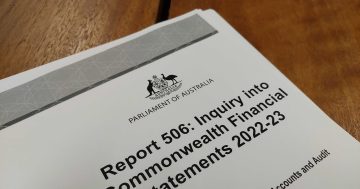 A performance audit into how the Department of Customer Service (DCS) and the Department of Planning and Environment (DPE) led reforms to address the use of combustible external cladding on existing public and residential buildings has found that most affected buildings have been identified.
A performance audit into how the Department of Customer Service (DCS) and the Department of Planning and Environment (DPE) led reforms to address the use of combustible external cladding on existing public and residential buildings has found that most affected buildings have been identified.
In her Report, Building regulation: combustible external cladding, Auditor-General, Margaret Crawford said that, after the 2017 Grenfell Tower fire in London, NSW committed to an action plan which included establishing the NSW Cladding Taskforce, chaired by DCS with DPE as a key member.
“Identifying buildings potentially at risk was complex and resource intensive,” Ms Crawford said.
“However, on balance, it is likely that most affected buildings have now been identified,” she said.
“By February 2022, almost 50 per cent of affected NSW Government-owned buildings, and 90 per cent of buildings that are the responsibility of DPE, have either been cleared or are in the process of being remediated.”
Ms Crawford said earlier guidance on some key issues could have been provided by DCS and DPE in the two years after the Grenfell Tower fire.
The Auditor-General said this may have reduced confusion and inconsistency in some NSW Government Departments and across the nine local Councils included in her audit.
She said this especially related to the application of the Commissioner for Fair Trading’s product use ban.
“Given the inherent risks posed by combustible external cladding, buildings initially assessed as low-risk may also still warrant further action,” she said.
“While most high-risk buildings have likely been identified, poor information handling makes it difficult to keep track of all buildings from identification, through to risk assessment and remediation.”
Ms Crawford made three recommendations to DCS and DPE to address the confusion surrounding the application of the Commissioner’s product use ban; develop an action plan to address buildings assessed as low-risk; and improve information systems to track all buildings from identification through to remediation.
The Auditor-General’s 58-page Report can be accessed at this PS News link.











